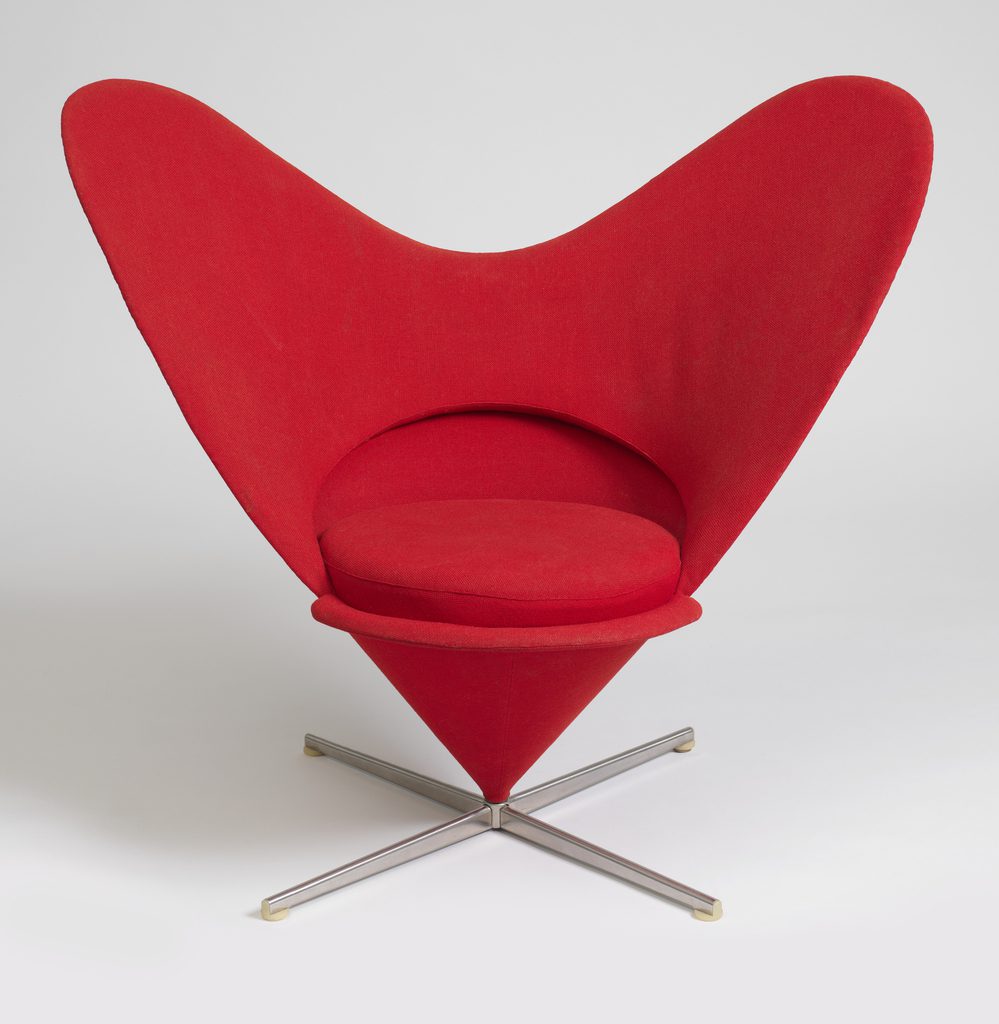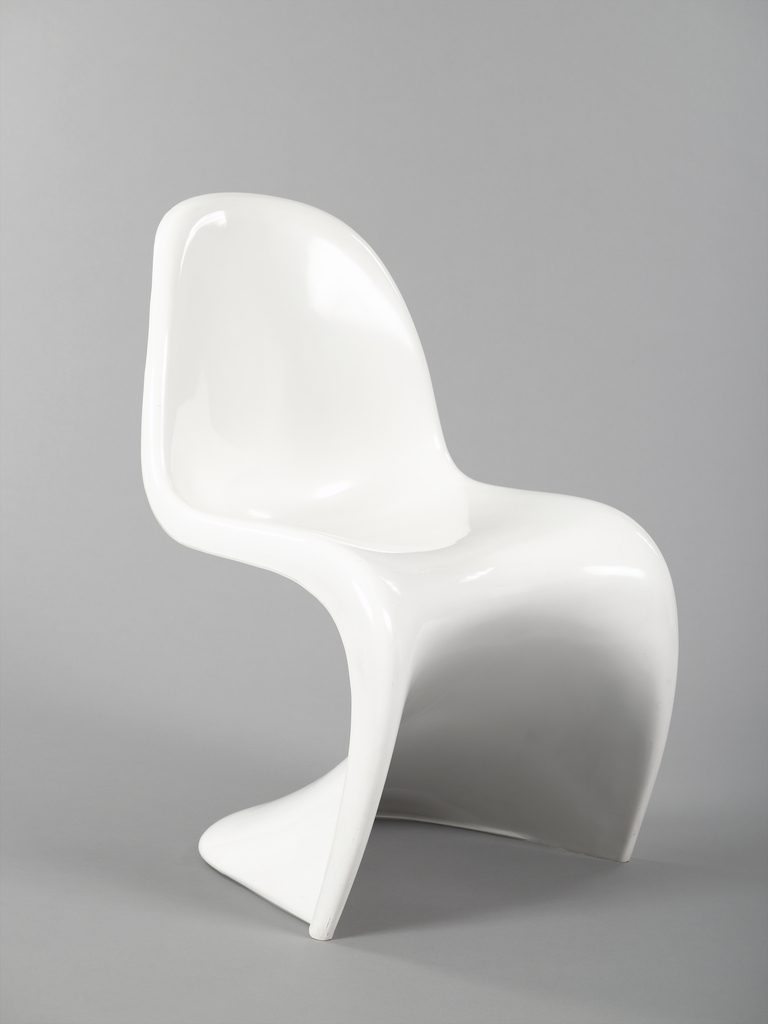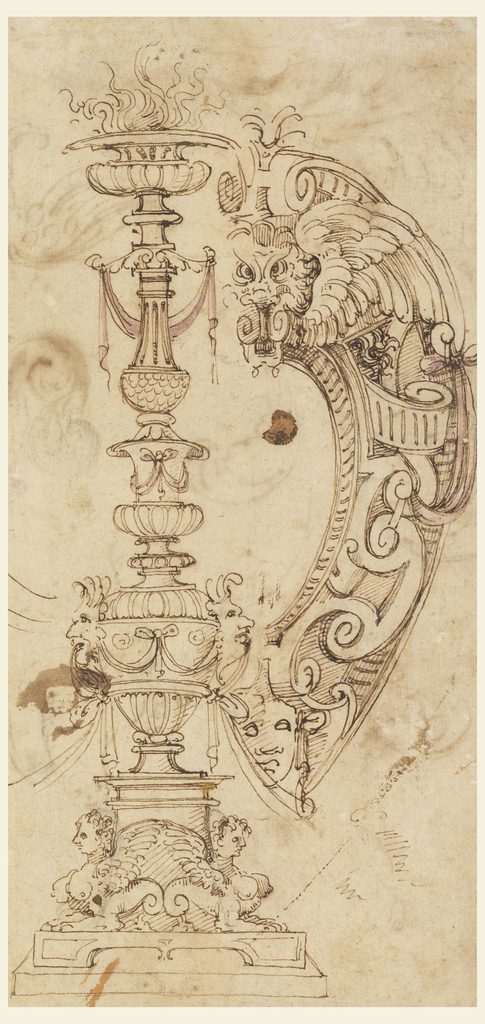On November 14th, we made a trip to the Cooper Hewitt Museum, NY.
To my amazement, I saw many interesting things such as the drawings located on the second floor, especially the following:
Drawing, Study for Candelabrum Motif and Strapwork Escutcheon, ca. 1560; Designed by Unknown (Italian); Italy; pen and brown ink, black chalk, brush and violet watercolor on off-white laid paper; H x W: 26.2 × 15.1 cm (10 5/16 × 5 15/16 in.); Museum purchase through gift of various donors and from Eleanor G. Hewitt Fund; 1938-88-2923
I am amazed by all the details this one has. I like how classic and majestic the drawing is. Also, The quality of the paper in which it was drawn was nice, since it has not torn apart. Moreover, the ink that he/she used must be very fine because it has not even bled from the drawing. Overall, it is a fine piece of art that reminds of me Da Vinci’s drawings.

HEART CONE CHAIR, 1959
This is a chair. It was designed by Verner Panton and manufactured by Vitra AG. It is dated 1959. Its medium is steel, stainless steel, molded plastic, woven wool upholstery. It is a part of the Product Design and Decorative Arts department.
It is credited Promised gift of George R. Kravis II.
Where should I start? I love this heart shaped chair, especially, the curves, the color, how symmetric it is, but at the same time it is not rigid as a square, and overall how modern it appears to me, even though it is from the 60’s. Every time I see this type of chairs, it gives me the impression of seeing something avant-garde, perhaps it is because I really like furniture design and you do not see it very often. I just wished that I could sit there, but of course it was not allowed.

PANTON STACKING SIDE CHAIR, DESIGNED 1960, MANUFACTURED 1972
This is a Stacking side chair. It was designed by Verner Panton and manufactured by Vitra AG and produced by Herman Miller, Inc.. It is dated designed 1960, manufactured 1972 and we acquired it in 1977. Its medium is injection molded luran s thermoplastic. It is a part of the Product Design and Decorative Arts department.
This object was featured in our Object of the Day series in a post titled New Material, New Form.
This object was donated by Robert Blaich. It is credited Gift of Robert Blaich.
This chair I have seen a lot in some buildings in Manhattan. It looks very futuristic despite having been designed in the 60’s. The set of curves with the shadows and the lights are entrancing. Actually, it brings to mind the amorphous forms of the Lava lamp. This chair was the first one, which was made in one piece of plastic rather than being made of assembled parts. Also, it didn’t use wood or metals for its support. Definitely, I think that the 60’s marked history in terms of design. The best designers made their contributions at this time period.



